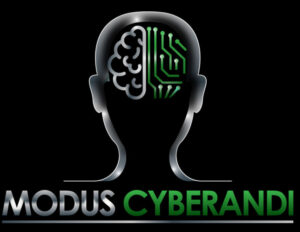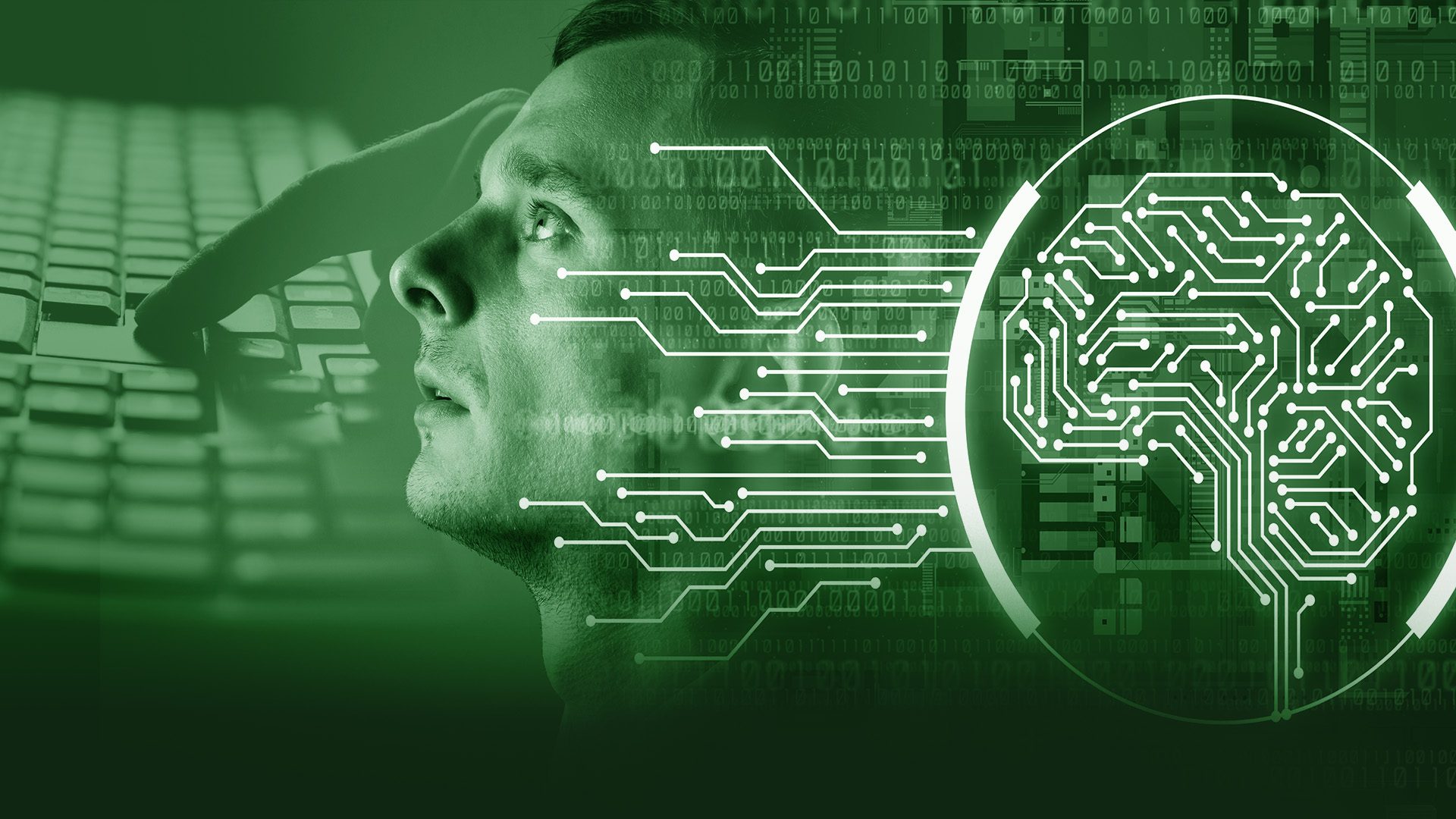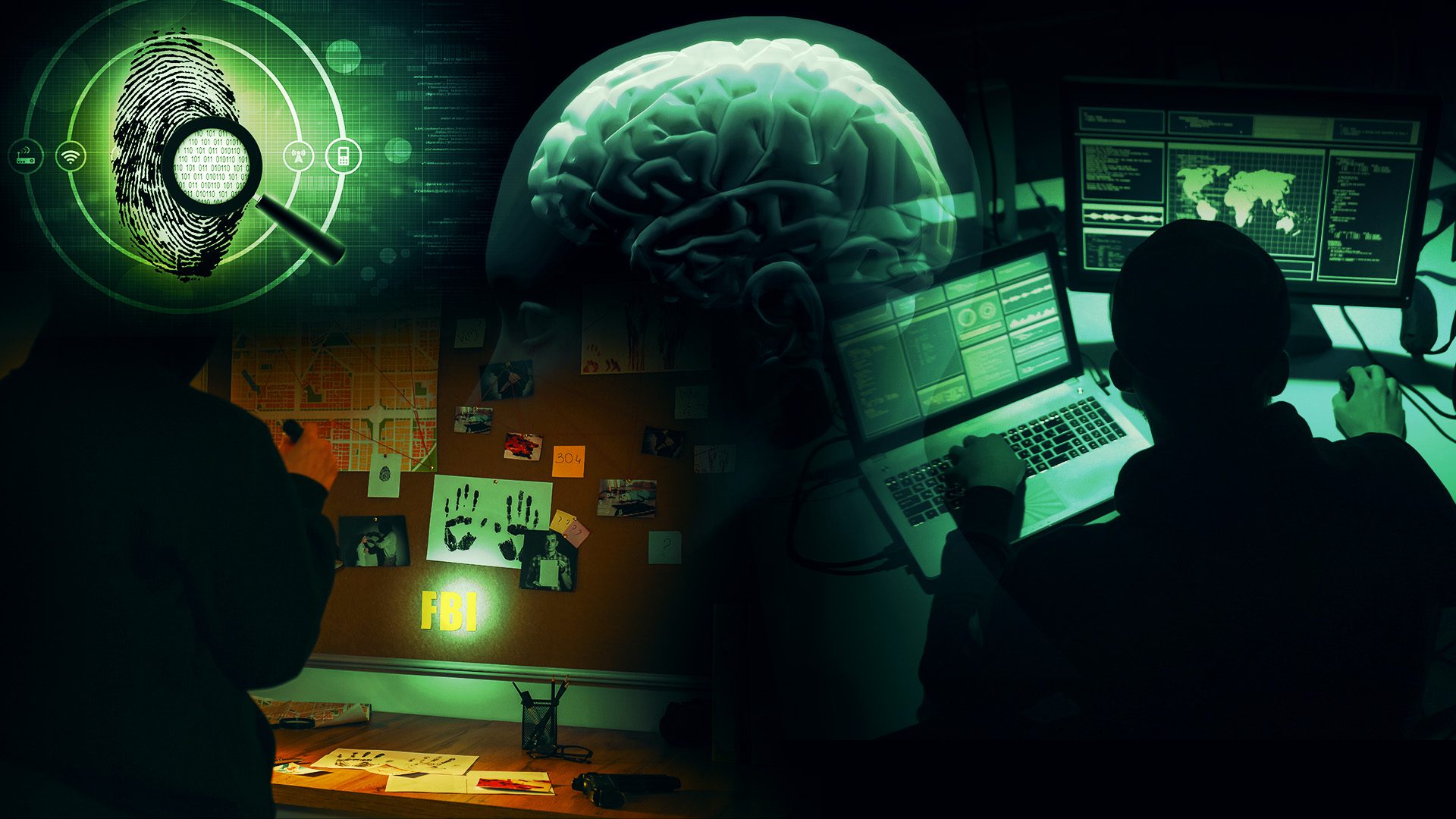ADVANCED CYBER ADVERSARY ANALYSIS

ADVANCED CYBER ADVERSARY ANALYSIS
Cyberattacks are not a malware or technical problem—they are a human problem. Go beyond technical data analysis and indicators—understand the adversary.

BEHAVIORAL ATTRIBUTION
Attribution is more than identification—it’s knowing why your adversary is targeting you, how they are trying to do it, and their willingness and ability to attack. Illuminate adversary behaviors and attribute them from pre-offense actions, previous attack campaigns, open-source intelligence and other data sources.

ASSESS ADVERSARIES’ MOTIVATIONS, THINKING PROCESS, AND INTENTIONS
Cyberattacks always begin with a motivation. Understanding adversaries’ motivations inform the behaviors and steps that occur toward targeting your organization.

EXPLOIT ADVERSARY VULNERABILITIES
Cyberattacks are a human problem, not a malware or technical problem. Every person has emotions, thoughts, perceptions, expectations and neurobiological responses that shape his or her decision making—cyber adversaries are no different. Modus Cyberandi’s behavioral profiling services provide the deepest assessment of adversary vulnerabilities.

KNOW YOUR ADVERSARIES’ PERCEPTIONS, EMOTIONAL STATES, INFLUENCES AND TRIGGERS
Scientific research reveals that as humans, our emotions impact how we perceive things and how we make decisions. Understanding attacker emotional states, influences and triggers provides a valuable sight picture into how they may perceive and think…before they act.

GUIDE YOUR ADVERSARIES’ DECISIONS
People make choices based upon a constellation of factors. Sometimes choices are made quickly through heuristics (rules of thumb, or “cognitive shortcuts”) and other times they are made slowly through careful deliberation. A number of other psychological, sociological, neurobiological and cultural factors impact decision making. Modus Cyberandi are trained, experienced experts in understanding how people make decisions and how to shape choices.

ASSESSMENT AND PROFILING
Unlike traditional criminal profiling and threat assessment, cyber behavioral profiling requires deep knowledge of technical artifacts and datasets to properly assess the “digital weapon selection/usage” and “digital crime scenes” that cyber attackers engage in and leave behind. Modus Cyberandi lead Profiler, Cameron Malin, not only served as a 21-year FBI Cyber Agent (11 years of which as a Cyber Behavioral Profiler in the BAU) but as the co-author of four industry recognized books on Malware Forensics and adversary Digital Deception, giving your organization access to the deepest expertise and experience in this space.

Reconstruct, interpret and understand adversaries’ “digital crime scenes”
Amplify technical data with human data. Traditional criminalistics (crime scene forensics) relates to collecting evidence from physical crime scenes where an offender has engaged in criminal activity, and in turn, analyzing this evidence scientifically in a laboratory. Modus Operandi has unprecedented experience and expertise in digital behavioral criminalistics, a unique assessment service to distill attackers’ thoughts, actions, and behaviors from digital artifacts. Let your DFIR and Threat Hunt teams benefit from the human data about the adversary to get a complete, holistic threat picture.

Gain insight into the dynamics of cyber threat groups to defend your organization
Modern cyberattackers are often carried out by criminal groups and/or nation state threat adversaries. Truly defending against these threats and defending your organization requires knowing why these groups are targeting specific victims, how the groups operate…and their vulnerabilities. Get unprecedented insight into cyber adversary groups so that your organization has predictive threat intelligence to proactively defend.








